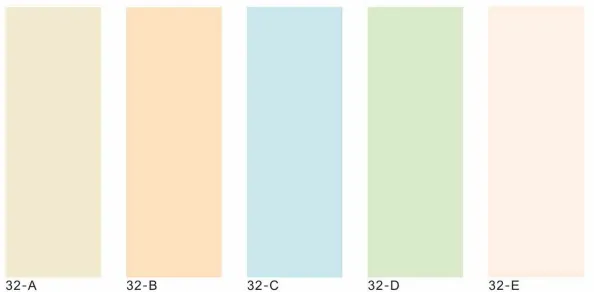trend floor covering
Trend in Floor Coverings A Comprehensive Overview
In recent years, the world of interior design has experienced a significant transformation, particularly in the realm of floor coverings. The shift towards sustainable living, combined with advancements in technology and design aesthetics, has reshaped consumer preferences and market trends. This article delves into the current trends in floor coverings, exploring various materials, designs, and environmental considerations that are shaping the industry.
Sustainable Materials
One of the most prominent trends in floor coverings is the increasing demand for sustainable and eco-friendly materials. Consumers are becoming more aware of the environmental impact of their choices, leading to a surge in the popularity of natural materials such as bamboo, cork, and reclaimed wood. Bamboo, for instance, is not only a renewable resource but also boasts durability and aesthetic appeal. Cork, on the other hand, offers excellent thermal and acoustic insulation properties, making it an ideal choice for residential and commercial spaces alike.
Moreover, manufacturers are now producing carpets and rugs made from recycled plastics and other materials, promoting a circular economy. Such innovations not only reduce waste but also demonstrate a commitment to environmental stewardship, attracting environmentally conscious consumers.
Technological Advancements
The advancement of technology has also played a crucial role in the evolution of floor coverings. Innovations such as luxury vinyl tile (LVT) and digitally printed carpets are gaining traction due to their versatility and functionality. LVT mimics the appearance of hardwood, tile, or stone while offering greater durability and ease of maintenance. This has made it a popular choice for high-traffic areas in both residential and commercial settings.
trend floor covering

Furthermore, the introduction of smart flooring solutions is beginning to take hold. These floors incorporate sensors that can monitor foot traffic, detect spills, and even adjust temperature, enhancing user comfort and convenience. As technology continues to advance, we can expect to see even more intelligent flooring solutions on the market.
Aesthetic Trends
In addition to sustainability and technology, aesthetic trends are also influencing the choice of floor coverings. Minimalist design continues to dominate, with a preference for natural finishes, neutral colors, and clean lines. Concrete and polished stone floors are particularly favored in modern settings, providing a sleek, contemporary look.
However, there is also a resurgence of bold patterns and textures as homeowners seek to express their individuality. Geometric designs, vibrant colors, and intricate textures can transform a space, making personalized choices a key aspect of modern interior design. Additionally, the use of area rugs to define spaces is becoming increasingly popular, allowing for a layered approach to flooring.
Conclusion
The trends in floor coverings reflect broader societal shifts towards sustainability, technological integration, and personalized aesthetics. As consumers continue to seek out materials that are both environmentally friendly and stylish, the floor covering industry is poised for further innovation. With a multitude of options available, from sustainable materials to smart technology and bold designs, homeowners and designers alike can create spaces that are not only functional but also reflective of their values and tastes. As we move forward, it is evident that the intersection of style and sustainability will define the future of floor coverings, paving the way for a more conscious approach to interior design.
-
Waterproof Advantages of SPC Flooring Vinyl in KitchensAug.06,2025
-
SPC Hybrid Waterproof Flooring Thickness GuideAug.06,2025
-
Leveling Subfloor Before My Floor SPC InstallAug.06,2025
-
How Mesh Deck Skirting Improves Outdoor Pest ControlAug.06,2025
-
Choosing the Right Commercial Flooring for Your Business NeedsAug.06,2025
-
Choosing the Best Residential Flooring: A Comprehensive Guide to Style, Durability, and ComfortAug.06,2025




